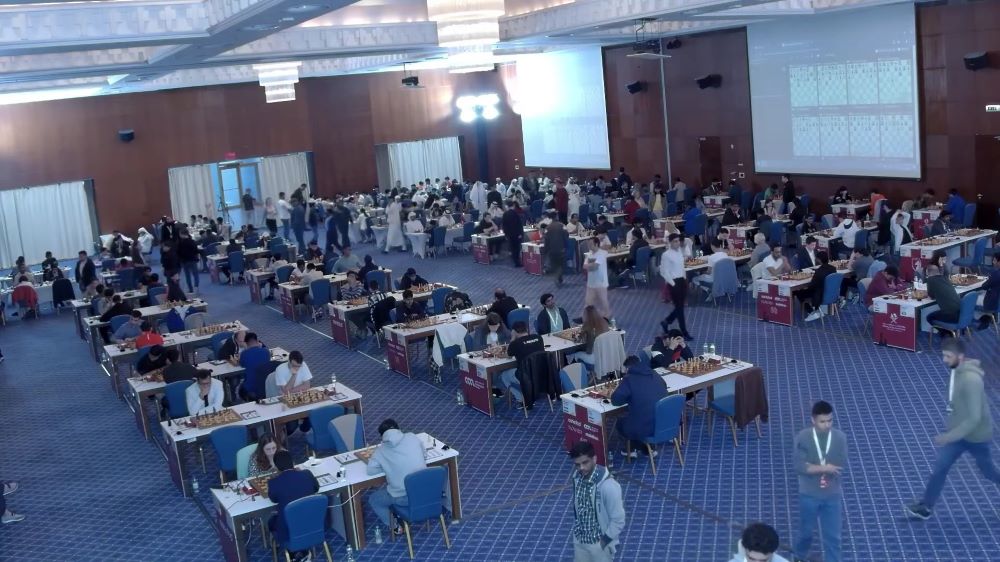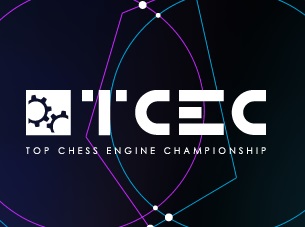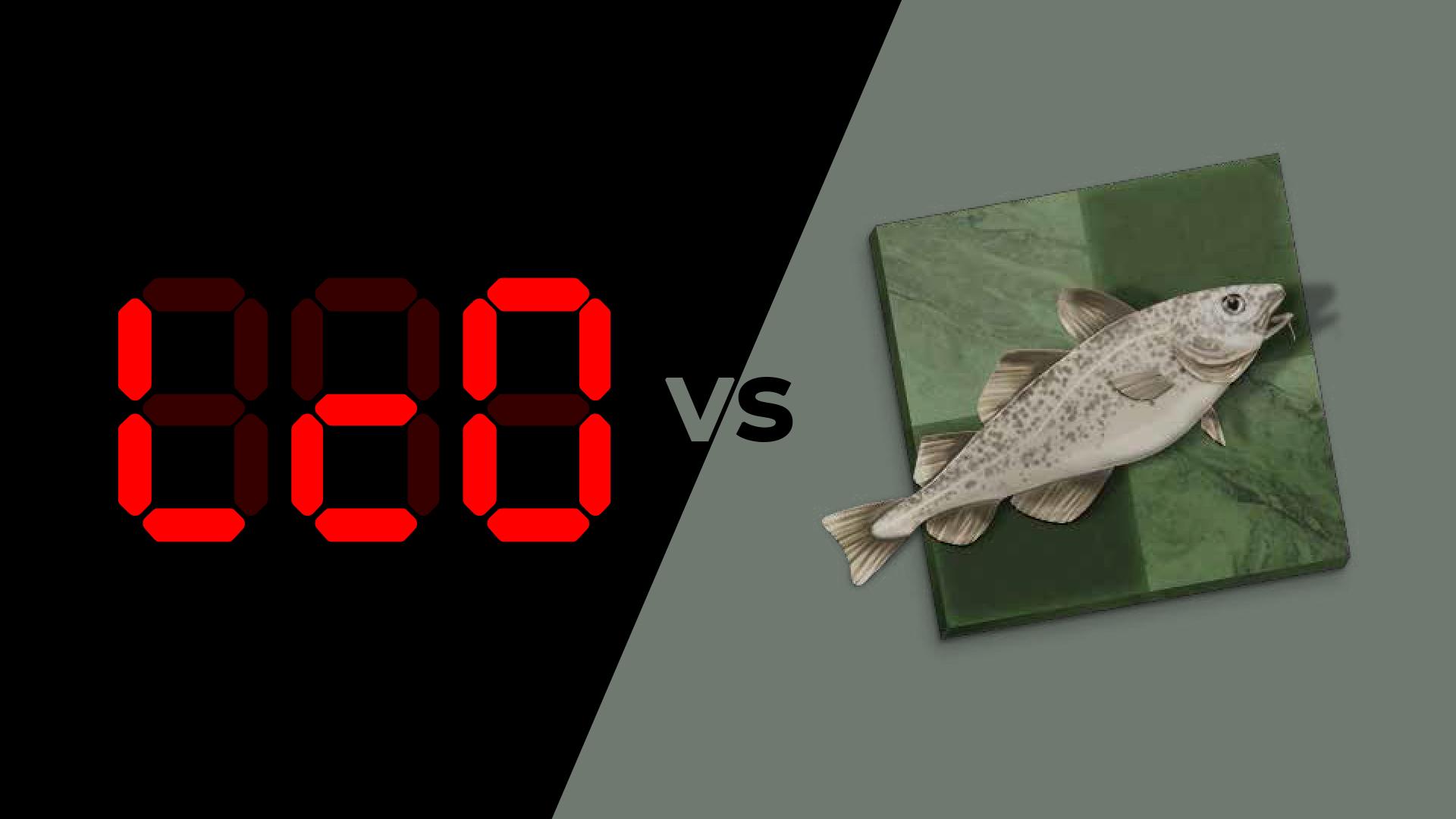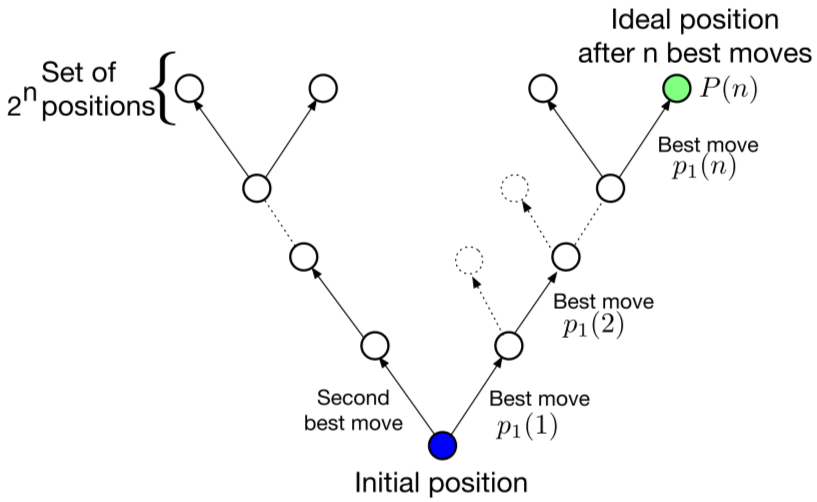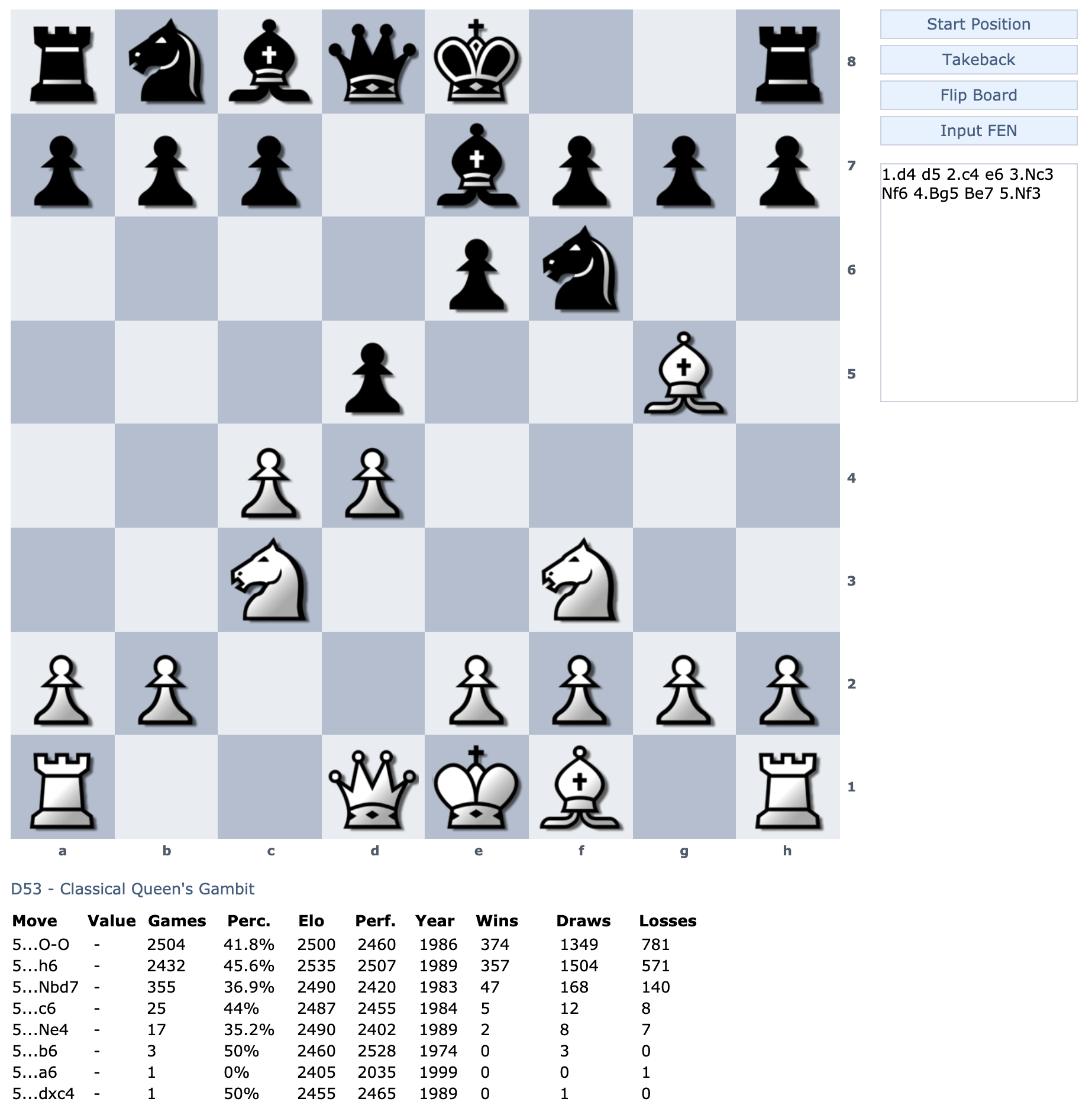Beneath the calm surface of the oceans lies one of the most critical—and least visible—infrastructures of modern civilization. Stretching across the seabed is a vast web of over one million miles of undersea fiber-optic cables, quietly carrying the lifeblood of the digital world. These subsea cables transmit more than 95% of all international data, making them the true backbone of the internet—and increasingly, of artificial intelligence.
The Hidden Highways of Global Data

While satellites often get the spotlight, they handle only a small fraction of global data traffic. Subsea fiber-optic cables, by contrast, move information at near light speed with far greater capacity and reliability.
Through these cables flow:
Emails and instant messages
Video calls and streaming services
International banking and financial transactions
Military, diplomatic, and government communications
Every cloud service, search query, and global collaboration depends on these underwater connections. Without them, the modern internet would simply collapse.
Why AI Is Changing Everything

Artificial intelligence has dramatically increased the demand for bandwidth, speed, and low latency. Training large AI models and running real-time AI services require enormous data transfers between global data centers.
This is why major tech companies—such as Google, Amazon, Meta, and Microsoft—are investing billions of dollars into building and owning subsea cable networks.
These cables are no longer just about connecting people; they are about connecting machines to machines, enabling:
Faster AI training across continents
Real-time AI inference and cloud computing
Synchronization between massive data centers
Scalable global AI services
In short, AI runs on cables.
From Public Infrastructure to Corporate Control

Historically, undersea cables were built by telecom consortia. Today, Big Tech is becoming the dominant force behind new cable projects. By controlling the physical infrastructure, companies gain:
Lower operational costs
Greater security and redundancy
Faster global data access
Strategic independence from traditional carriers
This shift raises important questions about digital sovereignty, data control, and who truly governs the global flow of information.
Fragile Yet Essential
Despite their importance, undersea cables are surprisingly vulnerable. They can be damaged by:
Earthquakes and underwater landslides
Ship anchors and fishing equipment
Deliberate sabotage or geopolitical conflict
A single cable failure can disrupt internet access for entire countries. As AI and cloud dependency grow, protecting this infrastructure becomes a matter of economic and national security.
The Physical Backbone of the Digital Age
The internet is often described as “wireless” or “cloud-based,” but the reality is far more physical. AI may feel abstract and invisible, yet it depends entirely on glass fibers thinner than a human hair, laid across the ocean floor.
As artificial intelligence reshapes economies, warfare, healthcare, and culture, one truth becomes clear:
The future of AI doesn’t just live in code—it runs through the oceans.
Final Thought
Undersea cables are the silent giants of the digital world. They powered the first wave of globalization through the internet—and now they are fueling the next era, where AI becomes the dominant force shaping humanity. The question is no longer whether these cables matter, but who controls them—and to what end.




